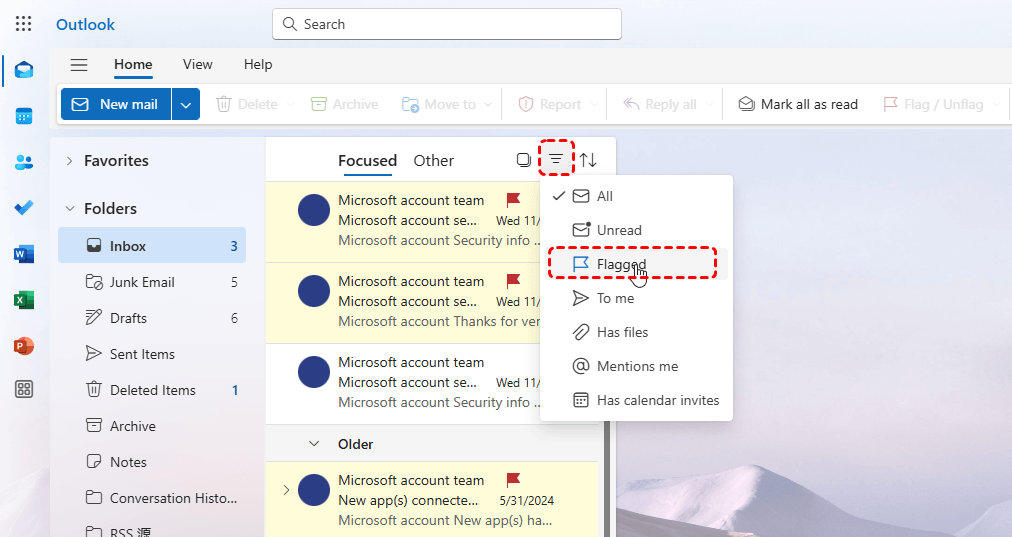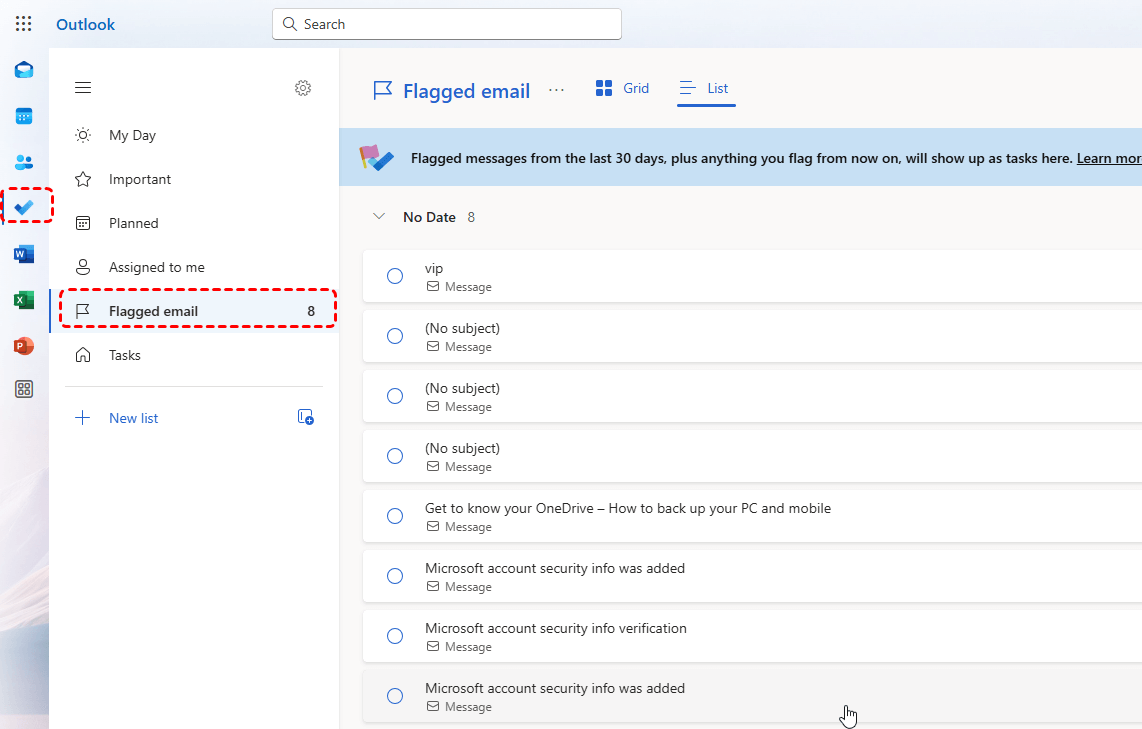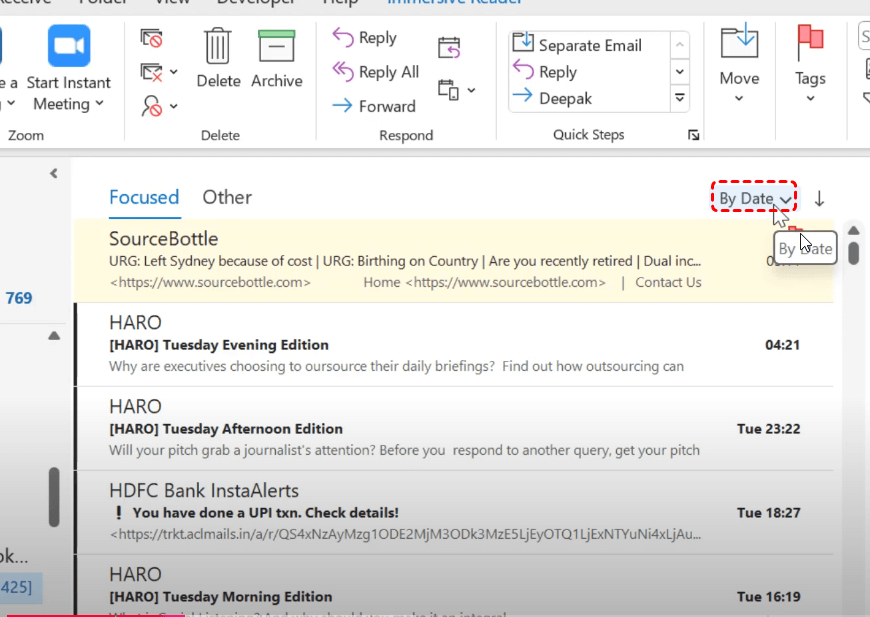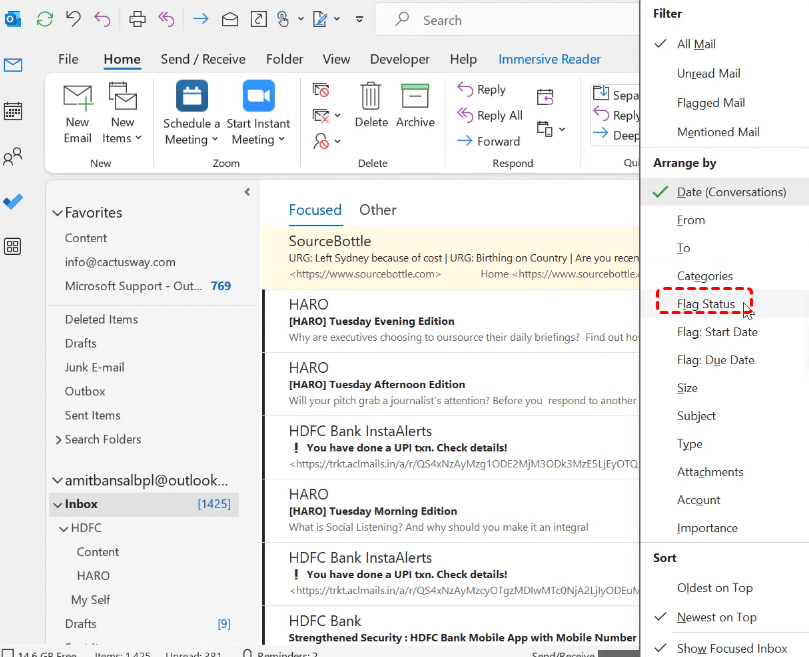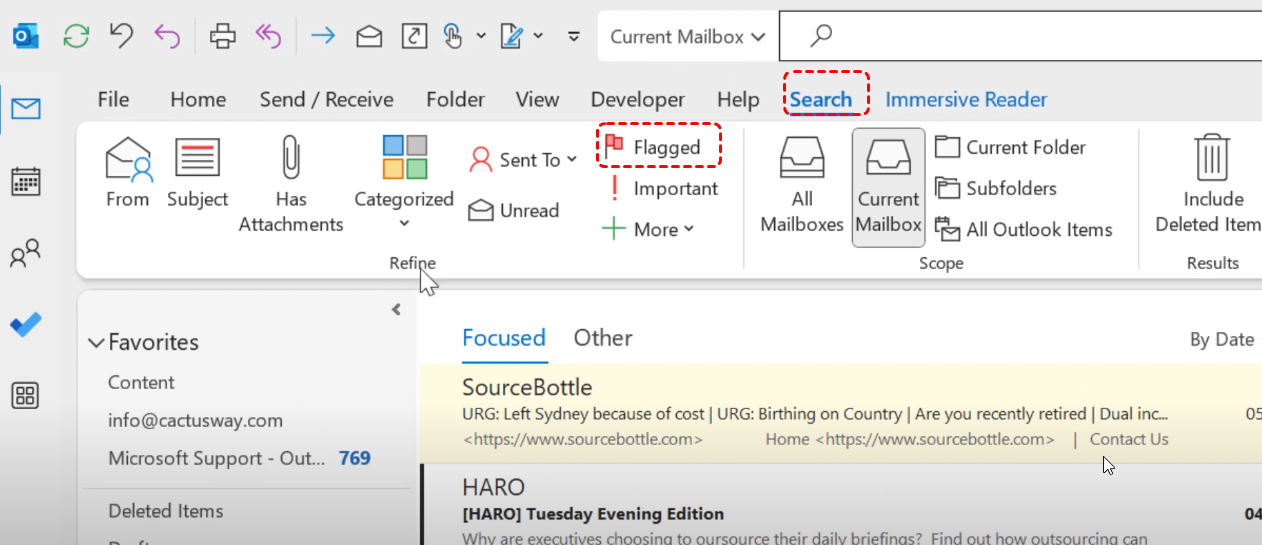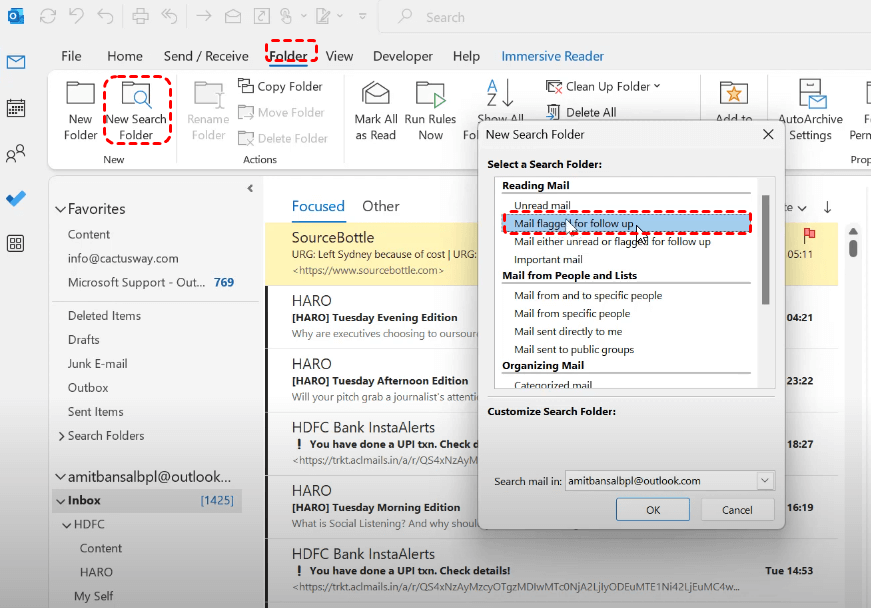Understanding Flagged Email Icons
In Outlook, a flagged email is a message that you've marked as important or requiring attention. This is a useful tool for prioritizing tasks, tracking important messages, or reminding yourself to follow up on specific emails. The flag icon is a small, triangular symbol that typically appears next to the email subject in your inbox. It can be different colors, such as red or yellow, to indicate different levels of importance or urgency. The specific appearance of the flag icon may vary slightly depending on your Outlook version and settings.
Why Flag Emails?
Here are some common reasons why you might want to flag an email:
- Prioritizing Tasks: If an email requires a specific action or response, flagging it can help you remember to address it promptly.
- Tracking Important Information: You can flag emails that contain crucial information, such as deadlines, meeting details, or project updates.
- Following Up on Conversations: If you need to follow up on a specific email thread, flagging the last message can serve as a reminder.
- Creating a To-Do List: You can use flagged emails as a virtual to-do list, especially if you flag emails with specific tasks or actions.
Steps to Find Flagged Emails in Outlook using Filter Option
To locate your flagged emails in Outlook, you can use the "Filter" and “To Do list” Options.The demonstration is based on New Outlook.
Method 1. Use Filter
Step 1. Open Outlook: Launch your Outlook application on your computer or mobile device.
Step 2. Access the Target Folder: In the left Folders pan, choose the target folder in which you want to find all flagged emails.
Step 3. Click "Filter": In the folder, click on the "Filter" button at the toolbar, and choose "Flagged" from the drop-down menu.
Method 2. Use "To Do" List
Apart from the filter option, the "To Do" list can also help you quickly access flagged emails in Outlook. Click on "√" icon in the left navigation pane. Then hit on "Flagged email."
How to View Flagged Emails in Outlook [Classic]
Now, we will introduce how to check flagged emails in Classic Outlook.
Method 1. Use Arrangemnet
Open the folder such as inbox folder, and click on the "Arrangement" icon on the top right corner.
In the pop-out list, select "Flag status" under the Arrange by" section. Then the flagged emails will be listed before other emails.
Method 2. Use "Search"
Also, you can make use of the search function. Click on the search box and in the search tab, choose "Flagged".
Method 3. Use "New Search Folder"
Switch to the "Folder" tab, click on "New Search Folder" in the New section. Choose "Mail flagged for follow up" in the pop-out window.
Additional Tips for Managing Flagged Emails
- Clear Flags When Done: Once you've addressed a flagged email, remember to clear the flag to avoid clutter in your inbox.
- Use Different Flag Colors: If you want to categorize flagged emails by importance or urgency, you can use different flag colors.
- Set Reminders for Flagged Emails: You can set reminders for specific flagged emails to ensure you don't miss important deadlines or follow-ups.
- Combine Flagging with Other Features: You can combine flagging with other Outlook features, such as categories, labels, or rules, to further organize and prioritize your emails.
Bonus Tip: How to Manage and Back up Outlook Emails
This article addresses the question "how to view flagged emails in Outlook?" If you’re considering backing up your Outlook or Gmail, MultCloud can be extremely useful. Trusted by over 3 million users, MultCloud is a multi-cloud management tool that facilitates the transfer or synchronization of files between various cloud services. Now, it has released the new feature "Email Migration," helping users to convert emails and its attachments from Outlook or Gmail into PDF and save to cloud or local drives.
For instance, you can save your Outlook emails as PDFs to your computer or cloud drives, such as Google Drive, OneDrive, or Dropbox, in bulk. MultCloud also enables you to access and manage all your cloud or Email accounts via a single application. Currently, it supports more than 30 different cloud services, including Google Drive, OneDrive, Dropbox, Box, Google Photos, iCloud Photos, FTP, WebDav, and more.

- Cloud Transfer: MultCloud can transfer files from one cloud service to another directly without downloading and re-uploading.
- Cloud Sync: With MultCloud, you can easily sync two folders between different cloud services in real-time.
- Cloud Backup: You can backup and restore data between different cloud services automatically.
- Instagram Downloader: MultCloud can help you download Instagram videos, photos, reels and stories to local device or remotely upload them to your clouds.
- Email Migration: You can directly back up and save Gmail emails as PDFs to your computer or cloud drive in bulk.
- Manage all cloud accounts in one place: Connect all your clouds to MultCloud and you'll find it so easy to access and manage multiple cloud storage files with a single login.
MultCloud Supports Clouds
-
Google Drive
-
Google Workspace
-
OneDrive
-
OneDrive for Business
-
SharePoint
-
Dropbox
-
Dropbox Business
-
MEGA
-
Google Photos
-
iCloud Photos
-
FTP
-
box
-
box for Business
-
pCloud
-
Baidu
-
Flickr
-
HiDrive
-
Yandex
-
NAS
-
WebDAV
-
MediaFire
-
iCloud Drive
-
WEB.DE
-
Evernote
-
Amazon S3
-
Wasabi
-
ownCloud
-
MySQL
-
Egnyte
-
Putio
-
ADrive
-
SugarSync
-
Backblaze
-
CloudMe
-
MyDrive
-
Cubby
